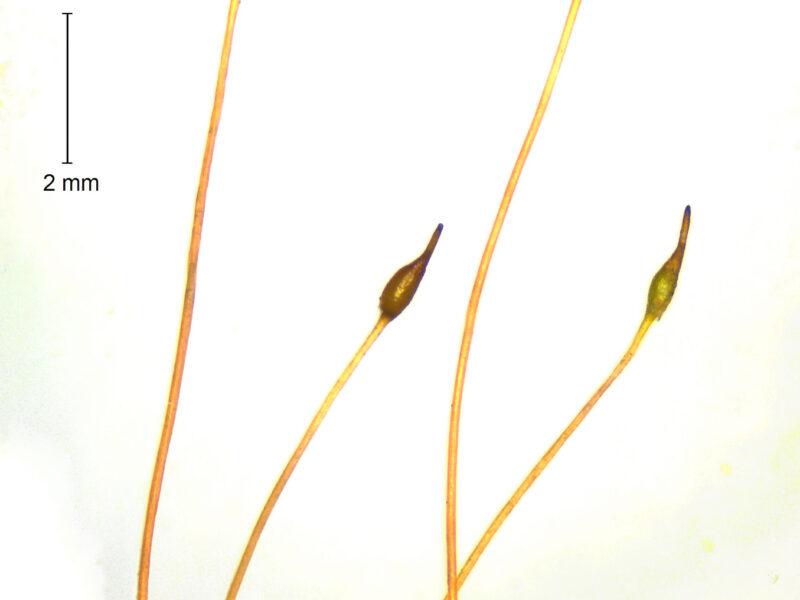
Ceratodon-conicus-Pitsford-capsulesandbase_2014-04-06_merged-edx2-800×600.jpg from: https://www.britishbryologicalsociety.org.uk/learning/species-finder/ceratodon-conicus/
Introduction
In the vast and fascinating world of bryophytes, one tiny moss has captured the attention of enthusiasts and scientists alike – the Ceratodon conicus (Hampe ex Müll.Hal.) Lindb.
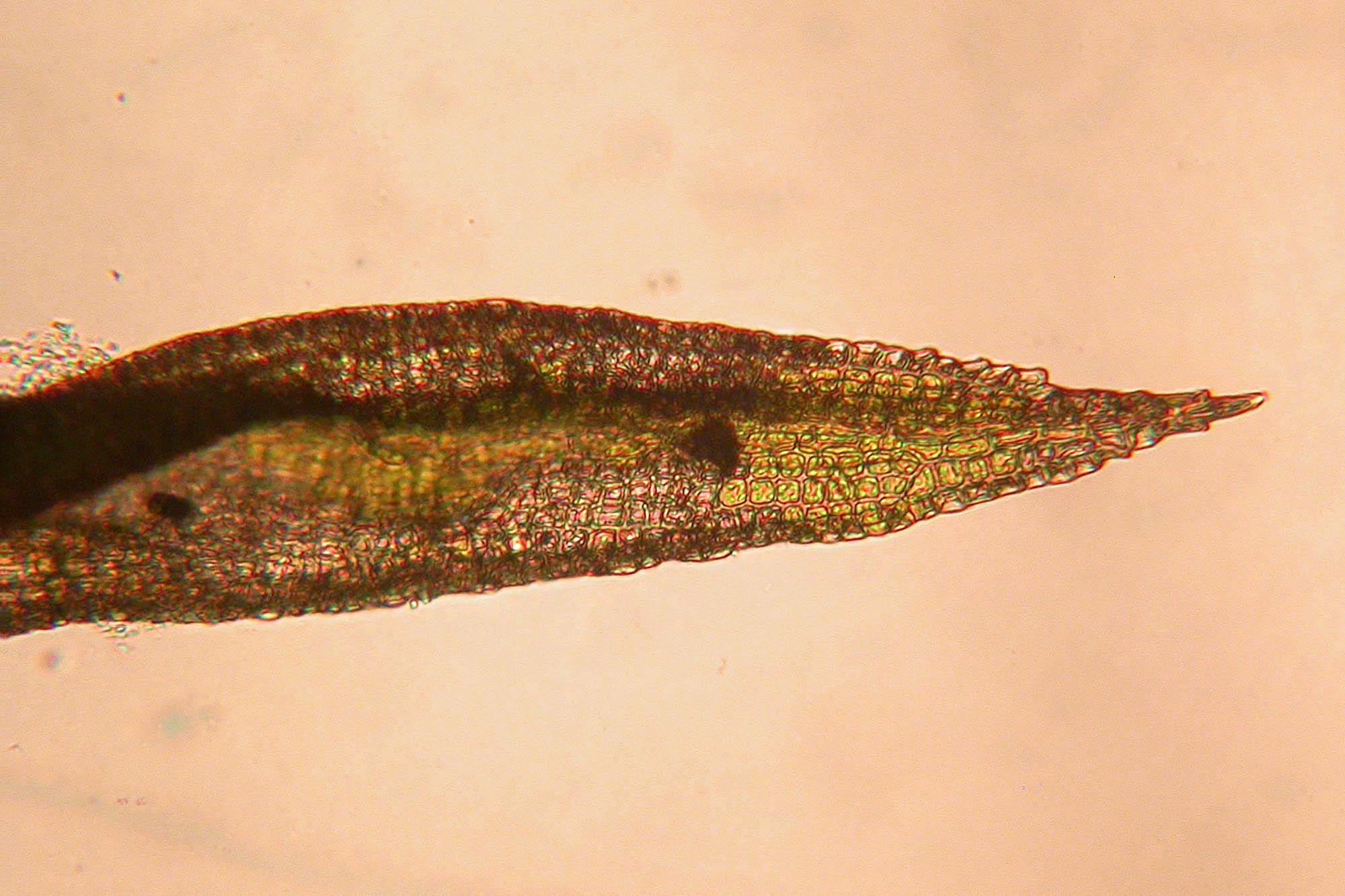
Ceratodon-purpureus-111.jpg from: https://ohiomosslichen.org/moss-ceratodon-purpureus/ceratodon-purpureus-11-2/
, commonly known as Ceratodon. This resilient and ubiquitous member of the Ditrichaceae family is a true marvel of nature, thriving in diverse environments and playing a crucial role in ecosystems worldwide.
Background
Before delving into the intricacies of this remarkable moss, let’s set the stage with some background information. Bryophytes, which include mosses, liverworts, and hornworts, are among the oldest and most primitive land plants on Earth. These diminutive yet mighty organisms have been around for over 400 million years, predating even the dinosaurs!
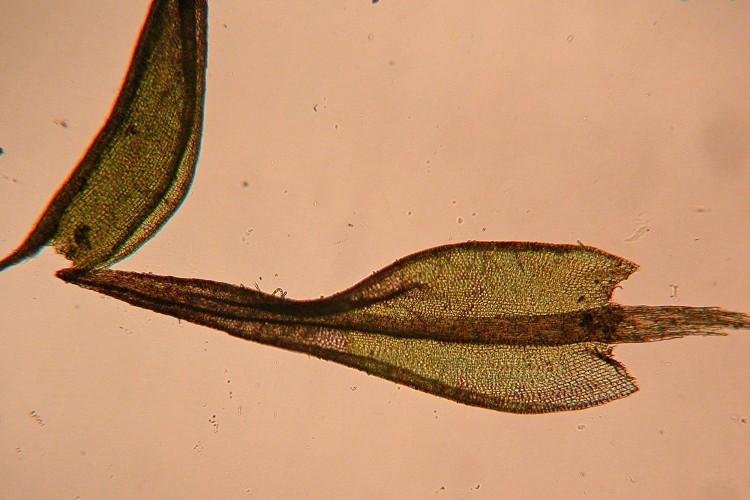
Ceratodon-purpureus-101-750×500.jpg from: https://ohiomosslichen.org/moss-ceratodon-purpureus/
Main Content
Morphology and Identification
Ceratodon conicus is a small, acrocarpous moss that forms dense, cushion-like tufts or mats. Its leaves are narrow, lance-shaped, and often twisted when dry, giving the plant a distinctive appearance. One of its most striking features is the
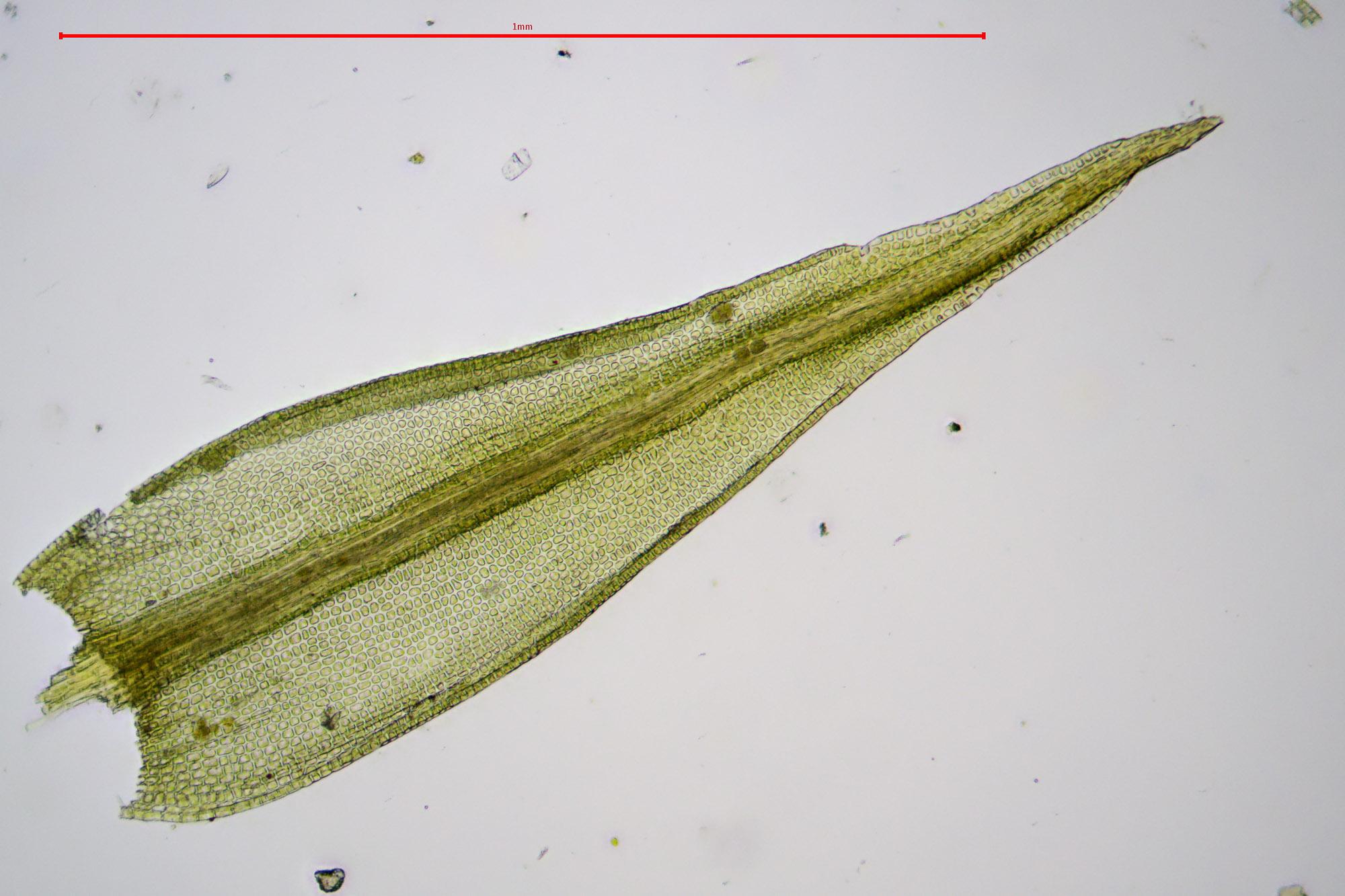
2020-07-03-15-49-32.jpg from: https://www.britishbryologicalsociety.org.uk/learning/species-finder/ceratodon-purpureus/
conical

largepreview.png from: https://www.researchgate.net/publication/311424073_The_Ceratodon_Moss_Genus_in_the_Czech_Republic_and_Slovakia
shape of its capsules (spore-bearing structures), which is where the species gets its name.
Global Distribution and Habitat
This hardy moss is a true cosmopolitan, found on every continent except Antarctica. It thrives in a wide range of habitats, from urban areas and disturbed sites to natural environments like forests, grasslands, and even deserts. Ceratodon conicus is a pioneer species, often among the first to colonize bare or disturbed soil, making it an important player in ecological succession.
Ecological Roles and Adaptations
Despite its diminutive size, Ceratodon conicus plays a vital role in various ecosystems. It helps stabilize soil, prevent erosion, and create microhabitats for other organisms. Additionally, this moss is highly tolerant of desiccation (drying out) and can rapidly rehydrate and resume photosynthesis after a period of dormancy, making it well-adapted to arid environments.
Case Studies/Examples

99_(1).jpg from: https://blog.naver.com/PostView.naver?blogId=la9496&logNo=150182810142
One fascinating example of Ceratodon conicus
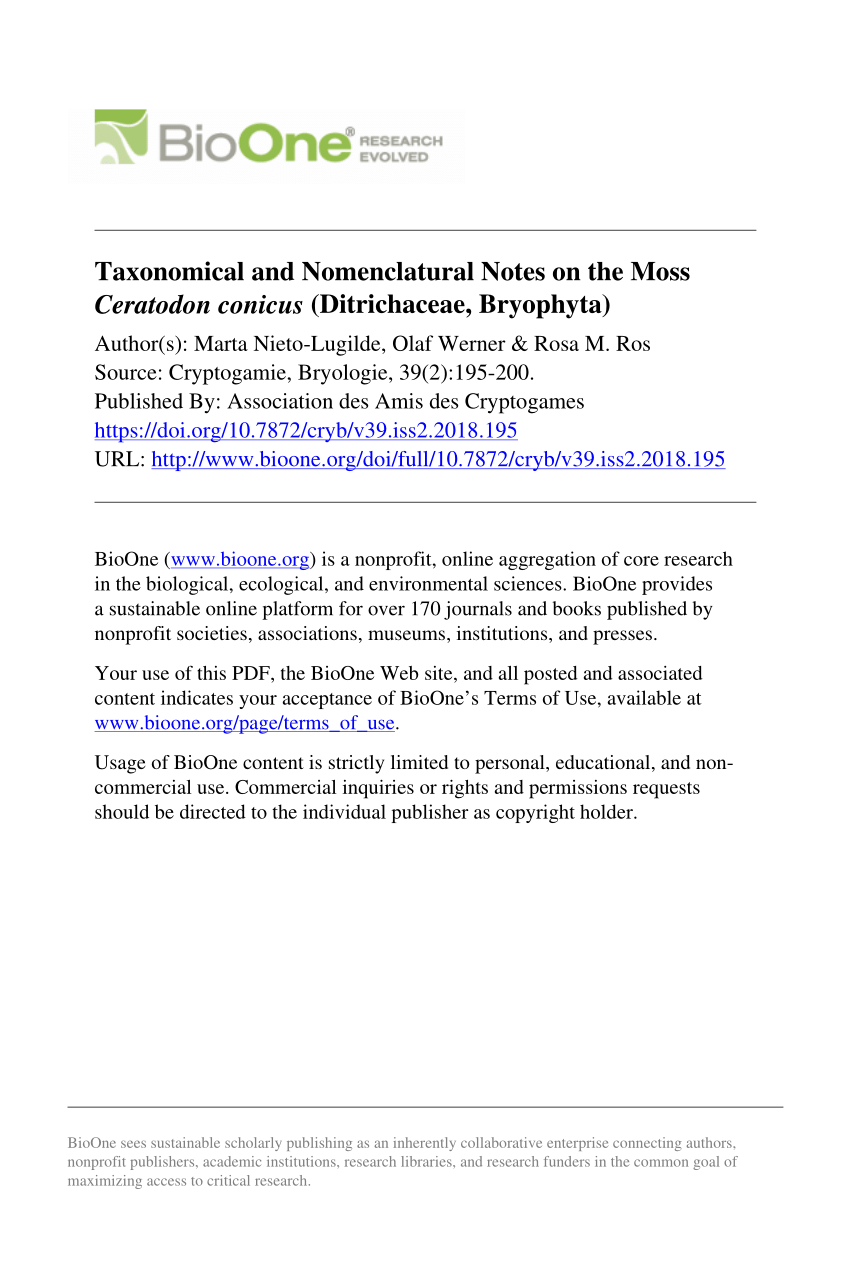
largepreview.png from: https://www.researchgate.net/publication/324742954_Taxonomical_and_Nomenclatural_Notes_on_the_Moss_Ceratodon_conicus_Ditrichaceae_Bryophyta
‘s resilience is its ability to survive in the harsh conditions of the Atacama Desert in Chile, one of the driest places on Earth. This moss has been found growing on rocks and soil in this extreme environment, demonstrating its remarkable adaptations to water scarcity.
Technical Table
| Characteristic | Description |
|---|---|
| Phylum | Bryophyta |
| Class | Bryopsida |
| Order | Dicranales |
| Family | Ditrichaceae |
| Genus | Ceratodon |
| Species | Ceratodon conicus (Hampe ex Müll.Hal.) Lindb. |
Conclusion
Ceratodon conicus is a true marvel of the bryophyte world, showcasing the incredible resilience and adaptability of these ancient plants. From its distinctive morphology to its global distribution and ecological significance, this unassuming moss has captured the hearts and minds of enthusiasts worldwide. As we continue to explore and appreciate the wonders of nature, perhaps we can find inspiration in the tenacity of this tiny yet mighty organism.
Ponder this: In a world where change is constant, what lessons can we learn from the enduring presence and adaptability of Ceratodon conicus?